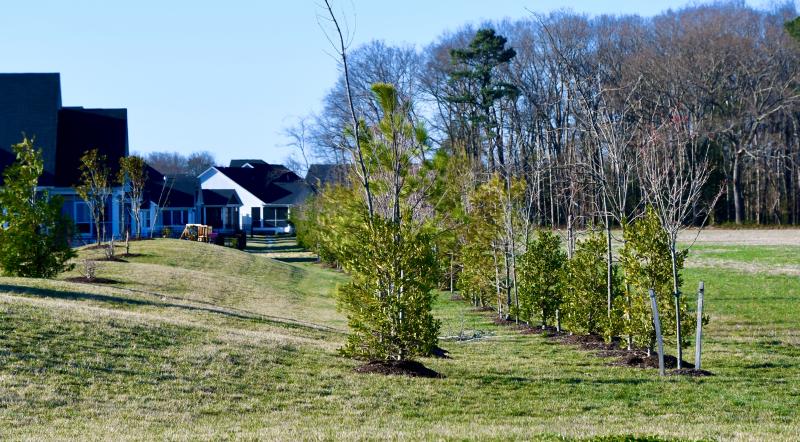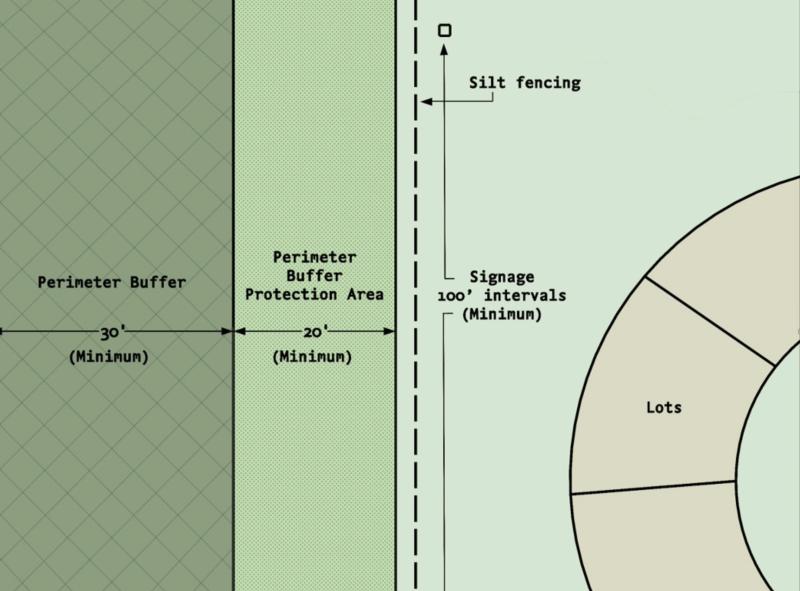Sussex council introduces perimeter buffer ordinance
Sussex County has moved a step closer to adopting a new perimeter buffer ordinance.
At its March 19 meeting, Sussex County Council voted to introduce the ordinance so the planning & zoning commission and council can schedule public hearings.
Perimeter buffers emerged as one of the top priorities during a joint workshop of council and the commission.
Assistant county attorney Vince Robertson said there will be one set of standards for regular and cluster subdivisions with more specific requirements, with construction timing and scheduling upgrades, planting requirements and penalties for noncompliance.
Included in the ordinance is a 20-foot perimeter protection zone between the 30-foot perimeter buffer and lot lines, with a requirement for a silt fence to mark the protection zone and signage to delineate the buffer.
Robertson said the buffer must be planted before the first building permit is issued, but can be done in phases. Also, developers must provide a two-year guarantee for buffer plantings. “We want the trees in early and protected better,” he said.
There are new, stricter regulations for buffers with existing woods.
The proposed ordinance incentivizes saving existing trees to be used in a perimeter buffer. The proposed standards would include a five-year look back to see if the wooded area for the perimeter buffer was cut down within five years of an application being filed.
The removed wooded area within a perimeter buffer would be measured to determine the acreage that was harvested. The perimeter buffer would have be replanted with double the number of trees and shrubs, including 15 plantings for every 50 feet.
A new area double the size of the harvested perimeter buffer would be planted or preserved, either on the parcel or on a nearby parcel.
When woodlands already exist, the perimeter buffer and protection area must be delineated and protected before the notice to proceed is issued for site work to begin.
A performance bond of 125% of the cost of installing the perimeter buffer and the value of replacement plantings, or $50,000, whichever is greater, would be required.
A developer would be responsible for survival of the perimeter buffer for two years.
The landscape plan would include: approximate location of silt fencing; location, height and species of new trees and shrubs; location of perimeter buffer signage; a planting schedule; and a survey of new trees to be planted and existing trees to be used.
Tree mitigation would be required when perimeter buffer or protection area in existing woodlands are damaged. A plan would be developed by a licensed professional. The mitigation rate of three trees for every one tree removed or damaged would be required.




























































